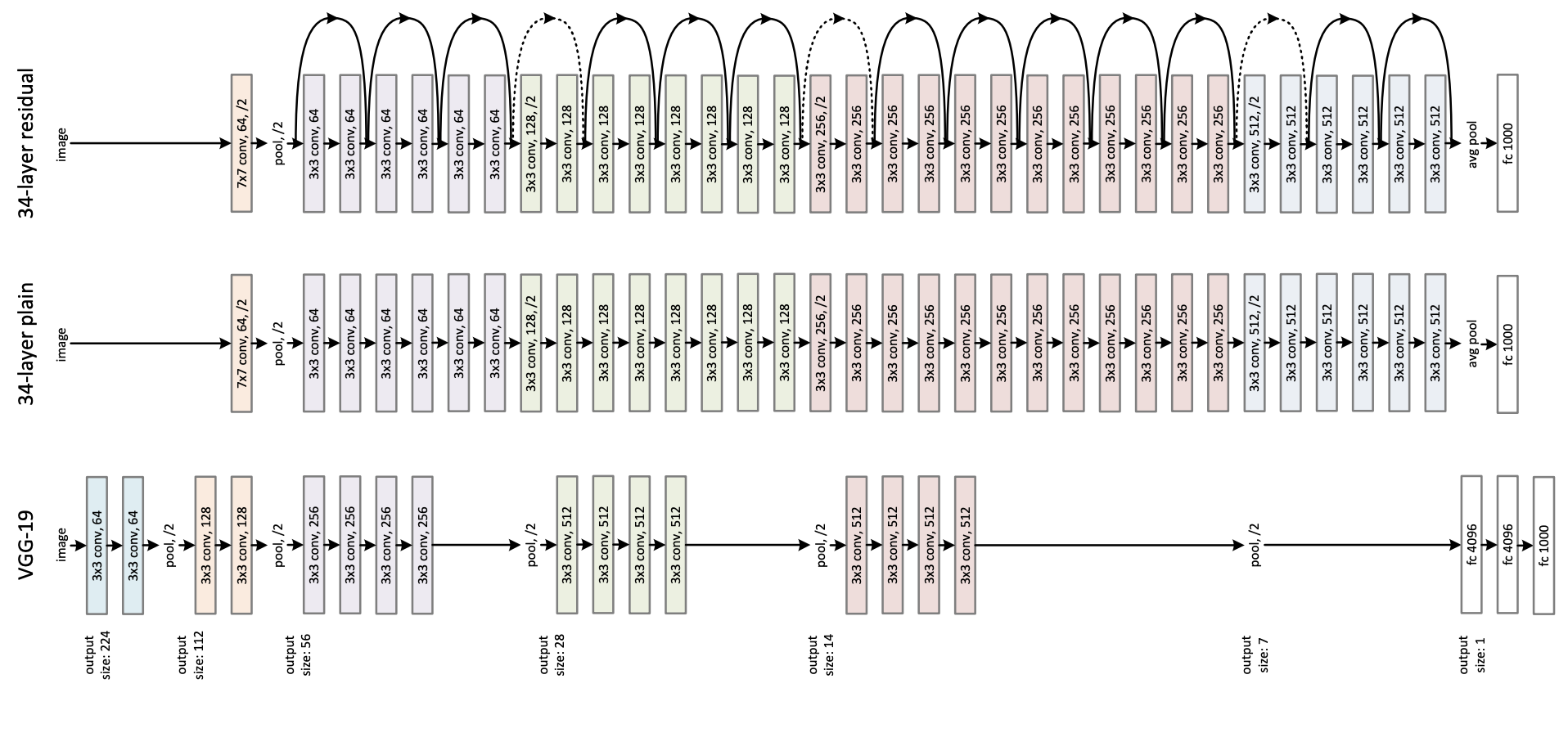File size: 3,321 Bytes
1dc1e8f 2e31111 1dc1e8f 2e31111 1dc1e8f 2e31111 1dc1e8f 2e31111 43db832 2e31111 43db832 2e31111 43db832 2e31111 43db832 2e31111 43db832 2e31111 43db832 |
1 2 3 4 5 6 7 8 9 10 11 12 13 14 15 16 17 18 19 20 21 22 23 24 25 26 27 28 29 30 31 32 33 34 35 36 37 38 39 40 41 42 43 44 45 46 47 48 49 50 51 52 53 54 55 56 57 58 59 60 |
---
tags:
- image-classification
- auto-train
- vision
widget:
- src: https://huggingface.co/datasets/mishig/sample_images/resolve/main/tiger.jpg
example_title: Tiger
- src: https://huggingface.co/datasets/mishig/sample_images/resolve/main/teapot.jpg
example_title: Teapot
- src: https://huggingface.co/datasets/mishig/sample_images/resolve/main/palace.jpg
example_title: Palace
datasets:
- Falah/Blood_8_classes_Dataset
license: apache-2.0
pipeline_tag: image-classification
---
# ResNet-50 v1.5
ResNet model pre-trained on ImageNet-1k at resolution 224x224. It was introduced in the paper [Deep Residual Learning for Image Recognition](https://arxiv.org/abs/1512.03385) by He et al.
Disclaimer: The team releasing ResNet did not write a model card for this model so this model card has been written by the Hugging Face team.
## Model description
ResNet (Residual Network) is a convolutional neural network that democratized the concepts of residual learning and skip connections. This enables to train much deeper models.
This is ResNet v1.5, which differs from the original model: in the bottleneck blocks which require downsampling, v1 has stride = 2 in the first 1x1 convolution, whereas v1.5 has stride = 2 in the 3x3 convolution. This difference makes ResNet50 v1.5 slightly more accurate (\~0.5% top1) than v1, but comes with a small performance drawback (~5% imgs/sec) according to [Nvidia](https://catalog.ngc.nvidia.com/orgs/nvidia/resources/resnet_50_v1_5_for_pytorch).

## Validation Metrics
No validation metrics available
### How to use
Here is how to use this model to identify a neutrophil from a picture of a blood sample:
```python
from transformers import AutoImageProcessor, AutoModelForImageClassification
from PIL import Image
import requests
processor = AutoImageProcessor.from_pretrained("NeuronZero/MRI-Reader")
model = AutoModelForImageClassification.from_pretrained("NeuronZero/MRI-Reader")
#dataset URL: https://www.kaggle.com/datasets/paultimothymooney/blood-cells
image_url = https://storage.googleapis.com/kagglesdsdata/datasets/9232/29380/dataset-master/dataset-master/JPEGImages/BloodImage_00014.jpg?X-Goog-Algorithm=GOOG4-RSA-SHA256&X-Goog-Credential=databundle-worker-v2%40kaggle-161607.iam.gserviceaccount.com%2F20240404%2Fauto%2Fstorage%2Fgoog4_request&X-Goog-Date=20240404T094650Z&X-Goog-Expires=345600&X-Goog-SignedHeaders=host&X-Goog-Signature=8382f4e4b34038ad9176686e9d1155a757bbc41dcf99ee8cf5b5e049fa2994a9b877de41121c3dcea9b35c67076ddd5b3ff5ec970cbf5ac8f5a3eea1149eb68b8a0e79f91084a8598cefca35be190718b402bd6f581051f436ac771c85d3239834adc933e874fa31a6db696a968676610b6da955abd6145974b535b0509d196f68c8964c3dfb2404a0ad2248d1e80eb60d463e5ea58688820b46e6fc95f6fc3919e327905c2920912b8bda2241f8bcae8c886a66513ec62a8960188387322fbd1162caea76b1ecd04c433be5fbc5cd9f9a46e1a696df3cd0981b7e6243c6e5fd041ec928a080ea2845cdbea85fbfb38ff9024627c8a148c47ae50c4154197cfc
image = Image.open(requests.get(image_url, stream=True).raw)
inputs = processor(images=image, return_tensors="pt")
outputs = model(**inputs)
logits = outputs.logits
predicted_class_idx = logits.argmax(-1).item()
print("Predicted class:", model.config.id2label[predicted_class_idx]) |